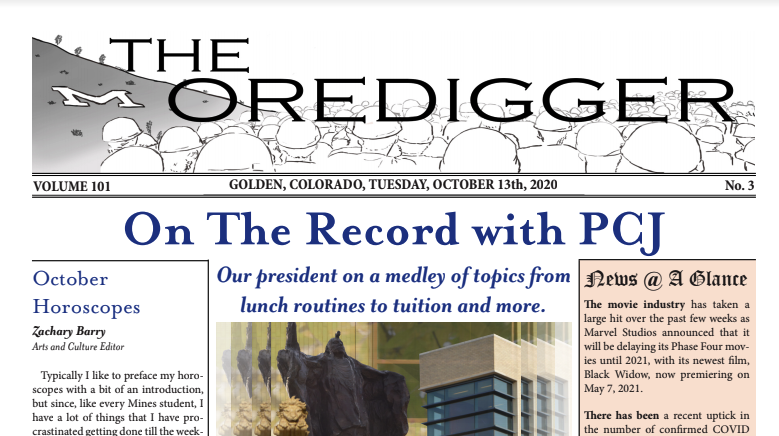Last Wednesday Apple refreshed its digital media lineup, ranging from revised iPods to a new music-focused social network to a revamped Apple TV home theater box. Apple CEO Steve Jobs noted during the event, staged at San Francisco’s Yerba Buena Center, that over 120 million iOS devices (iPhones and iPod touches) had been sold, with 230,000 new devices being activated via their iTunes companion software every day.
Apple’s first hardware announcement was an upgrade to the iPod shuffle. In response to widespread criticism about the previous-generation shuffle’s lack of buttons, Apple decided to return to a form factor similar to the iPod shuffle generation before, trading larger size for usability, while adding VoiceOver (text-to-speech) functionality, a memory upgrade to 2GB, and a lower price of $49 to the mix. One significant physical difference between the second- and fourth-generation iPod shuffles is that the new model is effectively square, exciting concerns that operation of the music player’s built-in clip will result in inadvertent button presses, a problem that did not exist in the previous, more rectangular model.
Next, Apple introduced a completely redesigned iPod nano. The new media player eschews the previous generation’s video camera and movie playback capability for a smaller, square form factor not unlike the iPod shuffle, but with a 1.54-inch touch screen to replace the hardware buttons. Jobs stated that the new iPod nano, which has drawn comparisons to a Dick Tracy watch (but without the two-way radio), was designed with runners and other exercise situations in mind. Response to the announcement was mixed; concerns included the omission of previously included iPod features, the device’s significantly decreased screen size, and the potential difficulty of navigating a pure touch interface on such a small screen.
Apple’s final iPod announcement was that of a more powerful iPod touch. The new iPod brings the iPhone-sans-phone to feature parity with its cellular contemporary, adding a six-axis gyroscope, significantly faster processor, high-resolution “retina” display, and dual cameras to Apple’s 2010 take on the concept of a PDA. One notable omission from the iPod touch when compared with the iPhone (other than a GSM/HSPA cellular radio) is high-resolution still photo capability on the iPod touch’s rear camera; the iPhone 4 can take 5 megapixel still images, whereas the iPod touch can only capture images at a maximum resolution of 960×720 (about .6 megapixels). On the plus side, the new iPod touch is the thinnest iPod touch to date, and the rear-facing camera takes 720p high-definition video just like the iPhone, and includes Apple’s FaceTime video chat system. All iPod touch models were upgraded, as opposed to Apple’s last version iteration where an upgrade to the low-end, 8GB iPod touch was conspicuously absent.
Apple also released significant software upgrades for iOS, the operating system used by iPod touches, iPhones and iPads, and iTunes, the desktop media manager that syncs with those devices. iOS 4.1, arriving this week, adds high dynamic range photography to camera-enabled iOS devices, a feature that combines three successive photos taken with different exposure levels to produce a composite image with better highlight and shadow detail than is possible with a single image capture on comparable equipment. Other features include GameCenter, Apple’s new game matchmaking service, video streaming via WiFi to Apple TVs (more on that later), and TV show rentals (99¢ per high-definition episode). iOS 4.2, arriving in November, will bring the above features to the iPad, plus support for printing documents from the iPhone, iPod touch, or iPad.
On the iTunes front, iTunes 10, made available late on the day of the announcement, eschews the CD in the application’s logo, adds a more efficient album-based view to its library manager, and adds TV rentals to the list of content available on the iTunes store. However, the biggest new feature of iTunes 10 is Ping, a music-centric social network that bears a strong resemblance to Lala, an online music store that Apple bought, and subsequently shut down, earlier this year.
Apple’s final announcement was a complete rework of their Apple TV set top box. The new model drops a built-in hard drive and non-HDMI video outputs in exchange for a footprint three quarters smaller than that of the previous Apple TV and a price drop to $99. The device now relies completely on streaming, either from the iTunes store, a desktop or laptop computer, or an iOS device to procure its content which is still limited to 720p HD. The iOS streaming feature, known as AirPlay, arrives on the iPod touch and iPhone with iOS 4.1, and on the iPad with iOS 4.2. The Apple TV will be available for purchase later this month.



'Apple refreshes iPods, iTunes, Apple TV' has no comments
Be the first to comment this post!